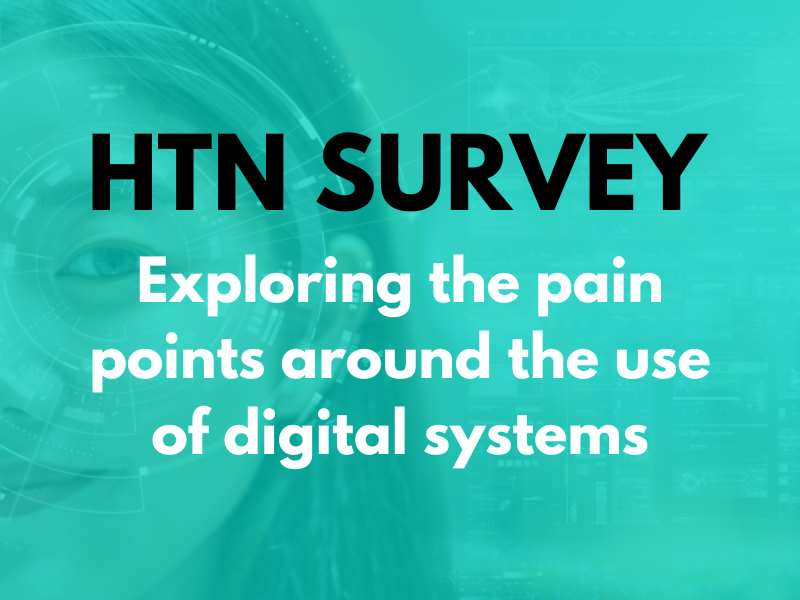The NHS has published a document in which it sets out its priorities for 2023/34, along with operational planning guidance to support these priorities.
NHS CEO Amanda Pritchard begins by noting that the years ahead are expected to be challenging and as such the planning approach “reflects both our new ways of working, as recently articulated in the NHS Operating Framework, and an acknowledgement of the continuing complexity and pressure you face.”
She adds: “We will support local decision making, empowering local leaders to make the best decisions for their local populations and have set out fewer, more focused national objectives.” These objectives will align with three key tasks over the coming year: to recover core services and productivity; to make progress in delivering key ambitions from the Long Term Plan; and to continue transforming the NHS for the future.
It is also noted that the long-term sustainability of health and social care “depends on having the right digital foundations”. NHS England will “continue to work with systems to level up digital infrastructure and drive greater connectivity – this includes development of a ‘digital first’ option for the public and further development of and integration with the NHS App to help patients identify their needs, manage their health and get the right care in the right setting.”
Here, we will take a look at the role of digital, data and technology in more detail.
Recovering core services and productivity
In this area, the priorities are split into urgent and emergency care; community health services; primary care; elective care; cancer; diagnostics; maternity and neonatal services; and use of resources.
Under elective care, a key action is to “offer meaningful choice at point of referral and at subsequent points in the pathway, and use alternative providers if people have been waiting a long time for treatment including through the Digital Mutual Aid System (DMAS).”
Under diagnostics, the document shares an aim to deliver a minimum ten percent improvement in pathology and imaging networks productivity by 2024/25, through “digital diagnostic investments and meeting optimal rates for test throughput”.
Also regarding diagnostics, the document notes that “timely access to diagnostics is critical to providing responsive, high quality services and supporting elective recovery and early cancer diagnosis.” As such, £2.3bn of capital funding to 2025 has been allocated to support diagnostic service transformation, including digital diagnostics.
Delivering NHS Long Term Plan ambitions
Here, key areas of focus include mental health; people with a learning disability and people with autism; embedding measures to improve health and reduce inequalities; investing in the workforce; digital; system working; and joint forward plans.
With regards to mental health, a key action is to “improve mental health data to evidence the expansion and transformation mental health services, and the impact on population health, with a focus on activity, timeliness of access, equality, quality and outcomes data.”
Under embedding measures to improve health and reduce inequalities, the document highlights the need to update plans for the prevention of ill health and incorporate them in “joint forward plans”. These plans should “build on the successful innovation and partnership working that characterised the COVID vaccination programme and consider how best to utilise new technology such as home testing.” NHS England is to publish a tool summarising the highest impact interventions that can be and already are used by the NHS.
Under investing in our workforce, the document states a need to support flexible working practices and flexible deployment of staff across organisational boundaries using digital solutions such as e-rostering, e-job planning and the Digital Staff Passport.
In the digital area at large, key actions include using forthcoming digital maturity assessments to measure progress towards the core capabilities set out in What Good Looks Like; putting data architecture in place to support population health management; and putting digital tools in place so that patients can be supported with high quality information that enables self-care.
In addition, the document notes that the Department of Health and Social Care has recently published strategic plans laying out how digitised services can support integration and service transformation: ‘Data saves lives’ and ‘A plan for digital health and social care’.
The NHS will provide funding to help ICSs meet minimum digital foundations, especially EPRs; procure a Federated Data Platform with nationally developed functionality including tools to maximise capacity, reduce waiting lists and coordinate care; roll out new functionality for the NHS app, to help with self-care, signposting, access and choice; addressing the need for more timely automated data through the Faster Data Flows Programme.
To read the document in full, please click here.





